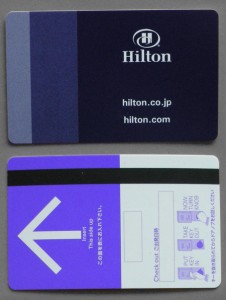Stanford Medicine’s MedX Live is a phenomenal venue for public dialogue on healthcare innovation. Recently, MedX Live invited IDEO Health and Wellness Director Dennis Boyle to discuss design thinking in medicine. The talk (video here) is worth viewing in its entirety; Boyle brings a seasoned experience and a forward-thinking vision that offer exceptional insight for aspiring health innovators.
What resonated most strongly, for me, was Boyle’s advice to the Stanford students in attendance: pay attention to workarounds as opportunities for impactful design. In many ways, this mindset captures perfectly what we’re doing in the Medical Media Arts Lab: observing workflows, identifying opportunities, and developing human centered solutions.
Workarounds are a fantastic concept for design thinking in healthcare, because anyone who’s ever stepped into a hospital knows too well how much happens at the margins of the clinical workflow.
In the Cardiovascular ICU, workarounds happen every day. Before rounds, fellows record the salient features of a patient’s electronic record onto scraps of paper. They use these notes to present patients and make annotations, then go back to the EMR to make edits and document a plan of care after rounds. We realized that this two-hour digital-analog-digital exercise could be avoided if EMRs were re-designed to align with clinical needs. We realized that if we could design a platform for streamlining, analyzing, and relaying clinical data, we could make technology that worked for physicians, and not against them.
Thus, I present a challenge for every physician, administrator, designer, and patient. Ask yourself the following questions:
- What are of workarounds I encounter in my daily routines?
- How does the ‘standard’ design fail to encompass my needs?
- If functional constraints—cost, culture, time, technical expertise—were no object, what would I do differently? What goals would I achieve?
- What would have to happen to bring those ideas to light?
Of course, these are uphill challenges. It’s easier to default to the status quo, because “it’s what we’ve always done.” It’s easier to constrain ourselves with “Why not?” than to explore opportunities with “Why?” But if we think critically about our surroundings, if we question our assumptions, and if we take resolute actions towards a creative destruction of the clinical environment, we can transform healthcare and put patients and providers back in control.
*Note: To view the presentation, skip ahead to the 12:05 mark.





